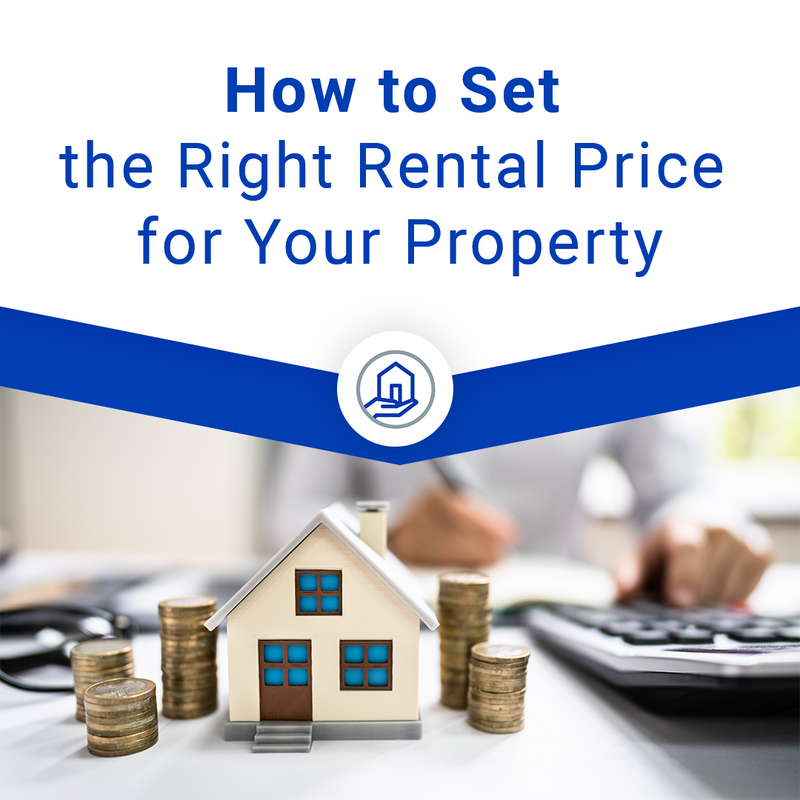Setting the right rental price for your property is a crucial step in ensuring a successful and profitable venture in property management. While it might seem like a simple task, finding the balance between attracting potential tenants and maximizing your return on investment requires careful consideration. In this blog post, we’ll guide you through the process of determining the optimal rental price for your property.
Understanding Market Dynamics
The first step in setting the right rental price is to gain a clear understanding of the current market dynamics in your area. Research comparable properties in your neighborhood to gauge the average rental rates. Take into account factors such as property size, location, amenities, and condition. Online real estate platforms, local property management companies, and real estate agents can provide valuable insights into the prevailing rental trends.
Calculate Expenses
To ensure that your rental income covers your expenses and generates a profit, it’s essential to calculate all costs associated with your property. These expenses may include:
Mortgage payments (if applicable)
Property taxes
Insurance premiums
Maintenance and repairs
Utilities (if included in rent)
Homeowner association (HOA) fees
Property management fees (if applicable)
Vacancy allowance
By accurately assessing your expenses, you can set a rental price that ensures your property remains financially sustainable.
Consider Location
The location of your property plays a significant role in determining its rental value. Properties in desirable neighborhoods, with easy access to amenities like schools, public transportation, shopping centers, and parks, can command higher rents. Conversely, properties in less convenient or less attractive locations might need to be priced more competitively.
Analyze Demand
Understanding the demand for rental properties in your area is key to setting the right price. If there’s a high demand for housing, you may have more flexibility to set a slightly higher rent. Conversely, in a market with lower demand, setting a competitive price can help attract potential tenants quickly and minimize vacancy periods.
Offer Competitive Amenities
Properties with appealing amenities can justify higher rental prices. Consider the unique features of your property, such as updated appliances, in-unit laundry, a backyard, a pool, or ample parking space. Highlight these amenities in your property listing and factor them into your rental price.
Factor in Market Trends
Real estate markets are dynamic and can experience fluctuations over time. Stay informed about market trends, such as increasing property values, changing demand, or shifts in the local economy. Regularly reassess your rental price to ensure it remains aligned with the current market conditions.
The Art of Compromise
While maximizing your rental income is important, it’s also essential to strike a balance that appeals to potential tenants. An excessively high rental price may deter quality tenants, leading to longer vacancy periods. On the other hand, setting a too-low price might leave money on the table. Aim for a price that reflects the property’s value while remaining competitive within the market.
Setting the right rental price for your property is a thoughtful process that requires a blend of market knowledge, financial analysis, and strategic thinking. By understanding your property’s unique attributes, analyzing market trends, and considering both expenses and tenant demands, you can confidently determine the optimal rental price that benefits both you and your tenants.

